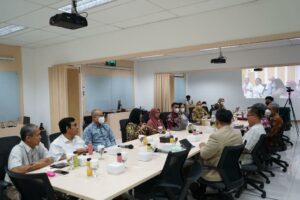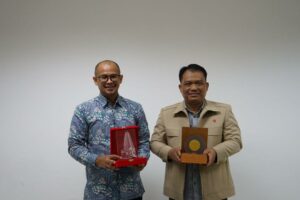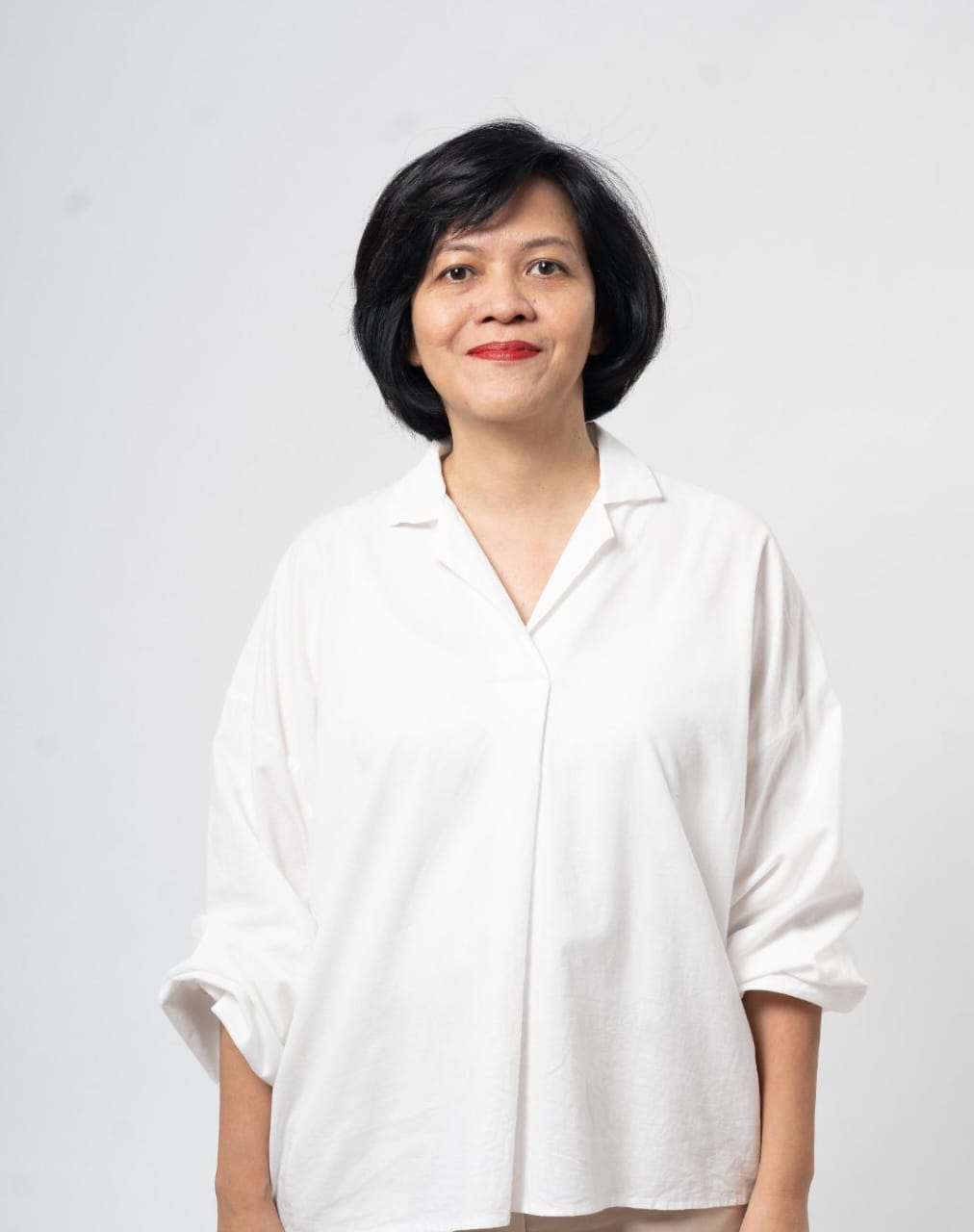SIL UI AND BRIN COLLABORATE ON RESEARCH AND INNOVATION TO CREATE A GREEN, SUSTAINABLE, AND INCLUSIVE ENVIRONMENT
Based on a release issued by National Research and Innovation Agency (BRIN) in 2022, according to data from World Health Organization (WHO), as many as 91% of Indonesia’s population live in areas with air pollution levels exceeding safe limits. This air pollution has a significant impact on human health, ecosystems, climate change, and global warming. According to a statement released by Directorate of Prevention and Control of Non-Communicable Diseases, the Ministry of Health of Indonesia, in 2018 the average age of the Indonesian population has decreased by 1.2 years due to the concentration of fine dust particles in the air. In 5 districts in Kalimantan and Sumatera, residents have even lost up to 5.6 years of life expectancy.
Observing this situation, the School of Environmental Sciences, Universitas Indonesia (SIL UI) with BRIN through the Center for Research on Environment and Clean Technology (PRLTB), Biological and Environmental Research Organization, were moved to formulate various solutions through collaborative research and innovation in the environmental field. This collaboration was marked by the signing of an agreement represented by the Head of PRLTB, Biological and Environmental Research Organization, Dr. Sasa Sofyan Munawar, as well as Deputy Director of SIL UI Dr. Dony Abdul Chalid, S.E., M.M.
According to Dr. Dony, these two institutions have the same vision and mission in creating a healthier living environment. The cooperation agreement between the two shows that there is collaboration in exploring various activities, especially related to engagement with foreign universities and Merdeka Belajar Kampus Merdeka (MBKM) program, which must be strengthened. “This is the first step from SIL UI and BRIN to be able to create real work and provide benefits to the society,” said Dr. Donny.


This collaboration can later be developed and expanded through SIL UI’s research clusters. The eight research clusters owned by SIL UI include Biodiversity for the Sustainability of Natural Resources; Management of Quality and Environmental Risk; Spatial Planning and Development of Transit-Oriented Areas; Green Innovation, Sustainable Production–Consumption, and Renewable Energy; Mitigation and Preparedness for Disaster Risk Reduction; Environmental Economics for Sustainable Development; Interaction, Community Empowerment, and Social Environment; and Climate Change (in the process of Decree).
Meanwhile, the Biological and Environmental Research Organization, BRIN, oversees eight research centers, which are Engineering and Genetics; Biosystematics and Evaluation; Ecology and Ethnobiology; Applied Microbiology; Applied Zoology; Biomass and Bioproducts; Clean Environment and Technology; as well as Plant Conservation, Botanical Gardens, and Forestry. There are four main scopes of activity that form the basis of research and innovation activities in this organization, which are exploration of the archipelago’s biodiversity; in-situ and ex-situ conservation of biodiversity and ecosystems; utilization of archipelago’s biodiversity; as well as research and innovation for the development of eco-friendly technologies.
Dr. Sasa on that occasion said that the collaboration of the two institutions is a real strategic step. This is because BRIN’s funding pattern must be used not only by BRIN researchers, but also researchers throughout Indonesia. “Since August, BRIN must have collaboration, be it with universities, local governments, or industry. Currently, almost all research groups have collaborating partners,” said Dr. Sasa.
The signing of the collaboration, which took place at SIL UI Building, Salemba Campus, last Friday (9/12), is expected to be a concrete step for academics and the government in creating innovations for the development of a green, sustainable, and inclusive economy for improving the local economy. In addition, the research outcomes and innovations are expected to produce technologies that are capable of overcoming environmental pollution (soil, water and air) as well as creating clean technologies that can be used by industry to support sustainable national development.



